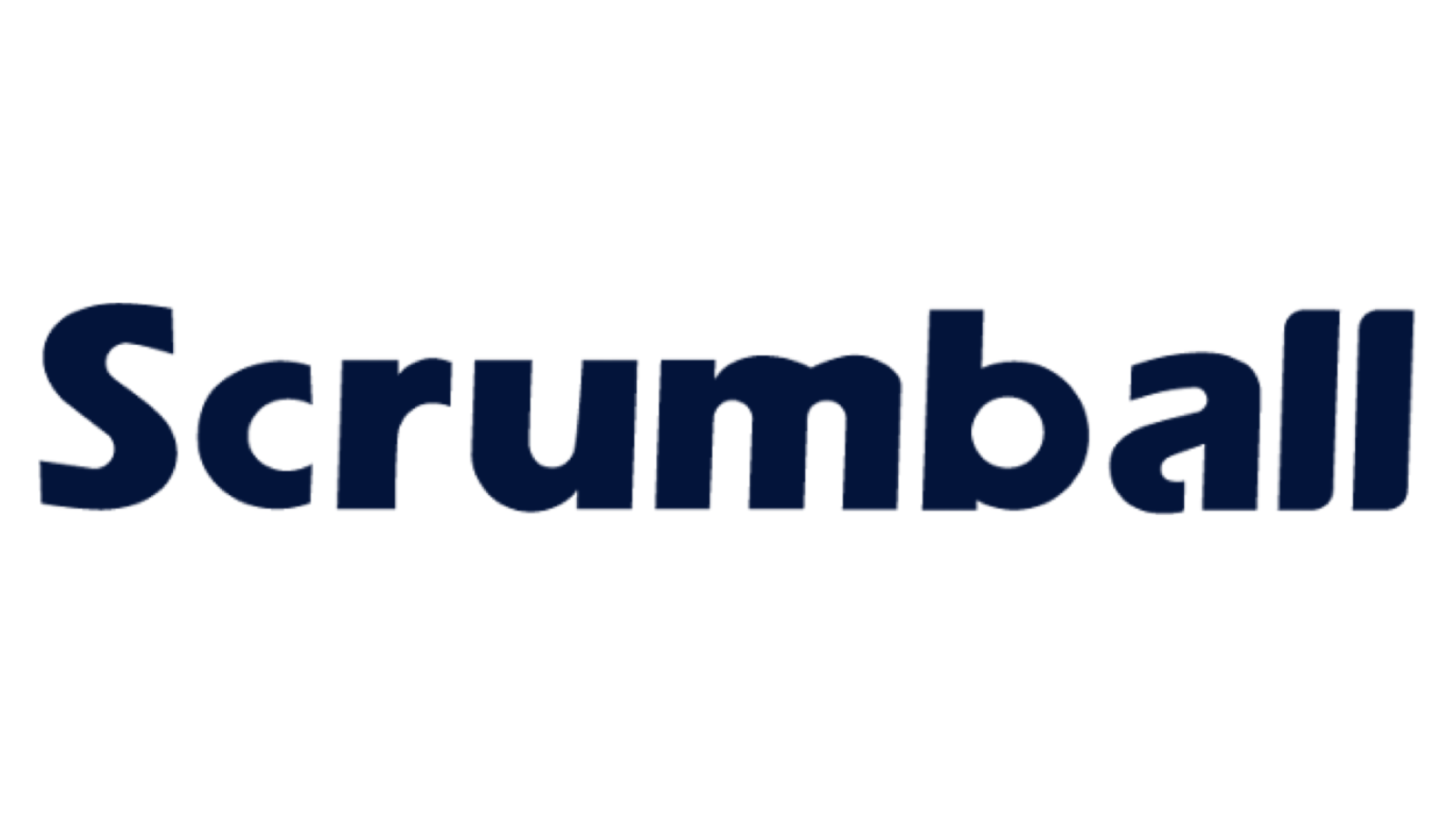7 Tips to Choose the Best Influencer Marketing Platform for Your Brand

Picking the right influencer marketing platform can make or break your campaign. It’s not just about finding influencers—it’s about saving time, boosting conversions, and getting the most out of your budget. Did you know 84.7% of companies say their influencer campaigns are effective when they use the best influencer marketing platforms? These tools simplify campaign management by integrating with your existing systems and providing powerful analytics. Without the right platform, you risk wasting time juggling tools or struggling to measure ROI. Why settle for less when the right choice can set you up for success?
Define Campaign Goals for Influencer Marketing

Before diving into influencer marketing, you need to define clear goals. Without them, it’s like driving without a destination—you’ll waste time and resources. Setting goals helps you stay focused and measure success effectively.
Identify Objectives
What do you want to achieve with your influencer marketing campaign? Start by identifying your objectives. Brands often aim for one or more of the following:
- Increasing brand awareness to reach a larger audience and boost visibility.
- Driving website traffic by attracting visitors through influencer collaborations.
- Boosting sales and conversions, which is often the ultimate goal.
- Enhancing customer engagement to foster meaningful interactions and build connections.
Think about what matters most to your brand. For example, if you’re launching a new product, your focus might be on awareness and engagement. On the other hand, if you’re running a seasonal sale, driving sales and traffic could be your top priorities.
Set Measurable KPIs
Once you’ve defined your objectives, it’s time to set measurable KPIs (Key Performance Indicators). These help you track progress and determine if your campaign is hitting the mark. Here are some examples of KPIs you can use:
| Category | KPI Examples |
|---|---|
| Visibility indicators | Reach, Impressions |
| Engagement indicators | Reactions, Comments, Shares, Brand Mentions, Engagement Rate |
| Community growth indicators | New Subscribers |
| Web traffic indicators | Clicks, New Users, Page Views, Session Duration, Bounce Rate |
| Sales Indicators | Conversions, Influencer Marketing ROI |
| Awareness indicators | Share of Brand’s Voice, Key Message Penetration |
For instance, if your goal is to boost sales, track conversions and revenue generated from the campaign. Want to measure engagement? Look at likes, comments, and shares. You can also use tools like affiliate links or promo codes to track purchases and clicks.
By aligning your KPIs with your objectives, you’ll have a clear way to measure success. This ensures your influencer marketing efforts deliver real results.
Evaluate Features of the Best Influencer Marketing Platforms
When choosing the best influencer marketing platforms, you need to evaluate their features carefully. The right tools can make your influencer campaigns more efficient and help you achieve your goals faster. Let’s break down the key features you should look for.
Influencer Discovery Tools
Finding the right influencers is the backbone of any successful campaign. A good influencer marketing platform should simplify this process. Look for tools that offer:
- Advanced search filters to narrow down influencers by location, niche, or engagement metrics.
- Detailed audience demographics, so you can match influencers with your target audience.
- Fraud detection tools to avoid influencers with fake followers.
- Predictive analytics to estimate campaign success.
Some platforms even help you discover hidden gems—those influencers who may not have massive followings but can drive real engagement. For example, a beauty brand used predictive analytics to find niche influencers, leading to a 40% sales boost in just one month. These tools save time and ensure you’re partnering with the right people.
Campaign Management Features
Managing multiple campaigns can get overwhelming. That’s why the best influencer marketing platforms come with robust campaign management tools. These features allow you to:
- Create and manage campaigns efficiently, even if you’re running several at once.
- Automate repetitive tasks, saving you hours of work.
- Centralize communication with influencers, so you don’t lose track of conversations.
- Scale campaigns easily by analyzing performance data and adjusting strategies.
Platforms like Ainfluencer offer these tools at affordable rates, making them a great choice for brands on a budget. With streamlined management, you can focus on building strong influencer relationships and increasing your social media presence.
Reporting and Analytics Capabilities
You can’t improve what you don’t measure. Reporting and analytics are essential for tracking the success of your influencer campaigns. The best platforms provide metrics like:
| Metric | Description |
|---|---|
| Brand awareness | Measures how well consumers recognize your brand. |
| Customer engagement | Tracks interactions like likes, comments, and shares. |
| Conversion rate | Shows the percentage of users completing a desired action. |
| Clickthrough Rate | Measures how many users clicked on your links. |
| ROI | Calculates the return on investment from your campaign. |
These insights help you understand what’s working and where you can improve. Real-time monitoring and customizable reports make it easier to optimize your strategy and increase conversions.
By focusing on these features, you’ll find an influencer marketing platform that aligns with your needs and maximizes your social media impact.
Budget Considerations for an Influencer Marketing Platform
When choosing an influencer marketing platform, your budget plays a big role. You want a platform that fits your financial plan while delivering the tools you need to run successful campaigns. Let’s explore how to evaluate pricing models and ensure you’re getting the best value for your money.
Compare Pricing Models
Not all influencer marketing platforms follow the same pricing structure. Understanding these models helps you pick one that aligns with your goals and budget. Here are some common pricing models you’ll come across:
- Flat-Rate Pricing: You pay a fixed amount for the platform’s services. This model makes it easy to predict costs and manage your budget.
- Cost-per-Click/Acquisition (CPC/CPA): You pay based on the clicks or acquisitions generated by your campaign. This model rewards performance and is great for driving conversions.
- Cost-Per-Mile (CPM): You pay for every 1,000 impressions your campaign receives. This works well if you’re targeting a large audience.
- Freebies/Gifts: Instead of cash, influencers receive products or services. This can be a cost-effective option for small businesses.
- Affiliate Marketing: Influencers earn a commission for each sale they generate. This model is ideal if you want to increase conversions and track sales directly.
Each model has its pros and cons. For example, flat-rate pricing offers simplicity, while CPC/CPA ensures you only pay for results. Think about your campaign goals and choose a model that supports them.
Assess Value for Money
It’s not just about the price tag—it’s about what you’re getting in return. To assess value for money, look at how the platform helps you achieve your marketing goals. Here’s what to consider:
- Does the platform help you measure brand awareness through metrics like reach and engagement?
- Can you track social media interactions like likes, comments, and shares?
- Does it offer advanced filters to find influencers who match your niche and audience?
- Are you able to monitor brand mentions and comments to gauge your reputation?
- Does the platform focus on engagement rates rather than just follower counts?
For small businesses, affordability is key. Look for platforms with tiered pricing or pay-as-you-go options. These let you start small and scale as your campaigns grow. Watch out for hidden costs, like fees for premium features, which can add up quickly. Remember, a higher upfront cost might be worth it if the platform helps you increase conversions and achieve a strong return on investment.
By comparing pricing models and evaluating value for money, you’ll find a platform that fits your budget and supports your influencer marketing strategy.
Assess Usability of the Influencer Marketing Platform
When choosing an influencer marketing platform, usability is a critical factor. A platform that’s easy to navigate and offers reliable support can save you time and frustration. Let’s dive into what makes a platform user-friendly.
User Interface and Navigation
A user-friendly interface can make or break your experience. You don’t want to waste hours figuring out how to use a platform. Look for one with an intuitive design that simplifies navigation. Features like clear menus, logical layouts, and easy access to tools can make your workflow smoother.
Some platforms even include AI and automation to streamline tasks. For example, AI can help you analyze influencer performance or predict campaign outcomes. This not only saves time but also helps you increase conversions by focusing on what works.
Scalability is another key factor. As your brand grows, your platform should grow with you. Advanced features and flexibility ensure you’re not stuck with outdated tools. Platforms like Influencity and Later Influence are known for their easy-to-use dashboards and scalability, making them great options for managing your influencer marketing campaigns.
Customer Support and Resources
Even the best platforms can have hiccups. That’s why strong customer support is essential. You’ll want a platform that offers multiple support channels, like live chat, email, and phone assistance. Quick response times can make a huge difference when you’re facing an issue during a campaign.
Before committing to a platform, test their support. Send a query and see how fast they respond. Also, check out their help center or knowledge base. A well-organized resource library shows the platform’s commitment to helping users.
Reading customer reviews can also provide valuable insights. Platforms like Tidal Labs and Shopify Collabs are praised for their excellent support and resources. These tools not only help you manage your campaigns but also enhance your social media presence by keeping everything running smoothly.
By focusing on usability, you’ll find a platform that’s easy to use and supports your influencer marketing goals effectively.
Align the Platform with Your Target Audience

Choosing an influencer marketing platform isn’t just about features or price. It’s also about how well it connects with your audience. If the platform doesn’t align with your audience’s preferences, your campaigns might fall flat. Let’s explore how to ensure the platform matches your audience’s demographics, interests, and regional relevance.
Audience Demographics and Interests
Understanding your audience is the first step to successful influencer marketing. You need to know who they are and what they care about. Start by identifying your audience segments. Use demographics like age, gender, and income, along with psychographics such as values, interests, and behaviors. This helps you create detailed personas that represent your ideal customers.
Once you have these personas, monitor your audience’s behavior. Analytics tools can show you how they interact with influencers and what type of content they engage with most. For example, are they more likely to click on product reviews or tutorials? This insight helps you choose a platform that supports influencers who create the kind of content your audience loves. When your audience feels connected to the influencer, you’ll see better engagement and even higher conversions.
Regional and Niche Relevance
Reaching the right audience also means considering their location and niche preferences. A platform that lets you filter influencers by region ensures your campaigns resonate with local audiences. For instance, if you’re targeting customers in Europe, you’ll want influencers who understand the culture and trends there.
Here’s why regional and niche relevance matters:
- Identifying regional influencers improves targeting and engagement.
- Filtering by niche ensures the influencer’s content aligns with your brand.
- Customizing communication strategies for specific regions boosts audience connection.
Let’s say you’re a fitness brand targeting health-conscious millennials in urban areas. A platform with advanced filters can help you find influencers who specialize in fitness and have a strong social media presence in those cities. This ensures your campaigns feel authentic and relatable.
By aligning the platform with your audience’s demographics, interests, and regional preferences, you’ll create campaigns that truly connect. This approach not only enhances your social media presence but also maximizes the impact of your influencer marketing efforts.
Ensure Scalability and Integration
Future Growth and Campaign Needs
As your brand grows, your influencer marketing platform should grow with you. A scalable platform ensures you’re not stuck with outdated tools when your campaigns expand. Look for features that support long-term growth. For instance, platforms with a robust infrastructure can handle increasing activity without slowing down. Cloud-based solutions are especially reliable for managing larger campaigns.
A modular design is another must-have. It lets you add or modify features as your needs evolve. For example, you might start with basic influencer discovery tools but later require advanced analytics or automated workflows. Automation is a game-changer. It simplifies repetitive tasks like onboarding influencers or managing campaigns, saving you time and effort.
Here’s a quick breakdown of features that support scalability:
| Feature | Description |
|---|---|
| Robust infrastructure | Can grow with you, using reliable cloud-based solutions. |
| Modular design | Lets you easily add or change features without hassle. |
| Automated workflows | Makes tasks like influencer onboarding and campaign management more efficient. |
| Data protection | Ensures strict adherence to laws while handling sensitive information. |
| Scalable content management | Manages excess content smoothly, from influencer profiles to campaign reports. |
| Regular performance monitoring | Improves the platform’s functions and handles more activity without issues. |
Choosing a scalable platform ensures your influencer marketing efforts remain effective, no matter how big your campaigns get.
Integration with Existing Tools
Your influencer marketing platform should work seamlessly with the tools you already use. Integration streamlines workflows, making it easier to manage influencer relationships. For example, connecting your platform with CRM software can help you track influencer interactions and campaign progress in one place.
Integration also enhances data analysis. When your platform syncs with analytics tools, you can create more targeted campaigns. Strong reporting features provide insights into performance, helping you understand what’s working and where to improve. This leads to better audience engagement and higher conversions.
Here’s how integration can benefit you:
- Streamlined workflows improve efficiency in managing influencer relationships.
- Enhanced data analysis allows for more precise targeting.
- Built-in messaging tools facilitate clear communication with influencers.
- Regular check-ins ensure campaigns stay on track.
However, integration isn’t without challenges. Some platforms struggle with accessing creator-consented data or verifying influencer identities. Others face issues with fraud detection or measuring campaign effectiveness. Make sure the platform you choose addresses these concerns to avoid roadblocks.
By focusing on scalability and integration, you’ll set your influencer marketing campaigns up for long-term success.
Research Reviews and Recommendations
Online Reviews and Feedback
Before committing to an influencer marketing platform, take time to read reviews and gather feedback from other users. These reviews can give you a clear picture of what to expect. They often highlight the platform’s strengths, weaknesses, and overall usability. For example, you might learn whether the platform excels at influencer discovery or if its analytics tools are reliable.
Pay attention to reviews that discuss specific features. Does the platform offer robust campaign management tools? Are the influencer metrics accurate? Look for feedback on customer support as well. A platform with responsive support can save you from headaches during a campaign.
Online reviews also reveal common pain points. If multiple users mention issues with integration or scalability, it’s a red flag. On the flip side, glowing reviews about ease of use or advanced analytics can help you narrow down your options. Platforms like GRIN and Aspire often receive praise for their user-friendly interfaces and detailed reporting tools. By reading reviews, you’ll make a more informed decision and avoid costly mistakes.
Choosing the right influencer marketing platform can transform your campaigns. By aligning the platform with your goals, audience, and budget, you’ll set yourself up for success. Platforms like Miro and Fiji Water have shown how the right tools can boost engagement and conversions through creative influencer collaborations.
Before committing, take time to research and test. Look for scalability, seamless integrations, and responsive customer support. Reviews can reveal how well a platform handles influencer discovery, campaign management, and analytics. If a platform doesn’t offer a free trial, consider it a red flag.
The right platform doesn’t just simplify influencer marketing. It helps you connect with your audience, track results, and achieve your goals. With the right choice, you’ll maximize ROI and create campaigns that truly resonate.
FAQ
What is an influencer marketing company, and why should you use one?
An influencer marketing company connects brands with influencers to create impactful campaigns. They simplify the process by handling influencer discovery, campaign management, and analytics. Using one saves time and ensures your campaigns drive results effectively.
How do I choose an influencer marketing company for my brand?
Start by defining your goals and budget. Look for a company with strong influencer discovery tools, campaign management features, and analytics. Check reviews and case studies to see if they align with your needs. This ensures you pick the right partner.
What’s the difference between an influencer marketing company and an influencer marketing agency?
An influencer marketing company typically provides software platforms for managing campaigns. An influencer marketing agency offers hands-on services, including strategy development and influencer recommendations. Choose based on whether you need tools or full-service support.
Can an influencer marketing company help small businesses?
Yes! Many companies offer affordable plans tailored to small businesses. They help you find niche influencers, manage campaigns, and track results without breaking the bank. This makes influencer marketing accessible and effective for brands of any size.
How do influencer recommendations improve campaign success?
Influencer recommendations ensure you collaborate with creators who align with your brand and audience. This boosts authenticity and engagement, leading to better results. A good influencer marketing company uses data to match you with the right influencers.
See Also
Comprehensive Tips for Choosing the Right Influencer Platform
Seven Essential Steps for Crafting a Winning Influencer Strategy
Seven Key Steps to Create Your Influencer Marketing Hub
